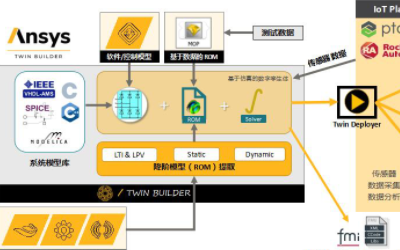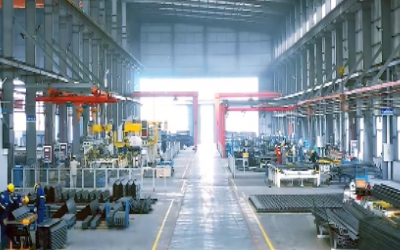Weaker industrial profits point to further policy moves going forward
Profits at China's major industrial firms shrank at a faster pace in the first nine months, highlighting the need for further implementation of existing stimulus measures and stronger policy support to shore up growth, experts said.
Despite pressure from renewed COVID-19 outbreaks and a murky global outlook, experts said China has ample policy tools and plenty of room to step up macroeconomic policy adjustment, and the economy will likely continue to recover in the following months.
Profits of China's industrial firms fell 2.3 percent year-on-year to 6.24 trillion yuan ($864 billion) in the January-September period, widening the 2.1 percent drop recorded in the first eight months, the National Bureau of Statistics said on Thursday.
The industrial profit data cover large firms with annual revenues of at least 20 million yuan each from their main operations.
Zhu Hong, a senior statistician with the bureau, said that while industrial profits fell in September, the decline narrowed by 6 percentage points from August.
Zhu warned of difficulties and challenges such as high costs as well as a more complicated and grim international political and economic situation, saying more efforts should be made to fully implement existing stimulus policy measures and consolidate the foundation for industrial recovery.
In September, China's value-added industrial output grew 6.3 percent year-on-year, while China's factory-gate inflation eased to its slowest pace in 20 months in September.
Zheng Houcheng, director of the Yingda Securities Research Institute, explained that despite the notable growth in industrial production, factors such as the slowdown in China's producer price index and high base in the same period last year led to the decline in industrial profits in September.
Looking to October, he said China's investment in infrastructure construction will likely continue to grow at a notable pace, while a property downturn will continue to weigh on growth and weaker external demand will curb exports.
Against such a backdrop, Zheng said China's value-added industrial output will likely rise at a slower pace in October, and industrial firms will face profit pressure.
Despite the decline in total profits, Zhou Maohua, an analyst at China Everbright Bank, said structural imbalances have improved during the period, as midstream and downstream sectors like manufacturing — as well as electricity and heating providers — saw improvements in their profits.
During the first nine months, profits recorded by mining firms as well as industrial firms supplying electricity, heat, gas and water, grew 76 percent and 4.9 percent, respectively, after an 88.1 percent rise and a 4.9 percent decline in the first eight months.
Profits at manufacturing firms fell 13.2 percent in the first nine months, narrowing from a 13.4 percent drop in the first eight months, the bureau said.
Notably, profits of equipment manufacturing enterprises rose 0.6 percent on a yearly basis in the first nine months, after a 2 percent drop in the first eight months.
Zhou said he expects to see a gradual improvement in industrial profits in the following months with the help of a series of government policy measures to ease burdens on enterprises, ensure stable supplies and prices as well as expand effective demand.
Li Qilin, chief economist at Shanghai-listed Hongta Securities, highlighted the resilience of investment in infrastructure construction and manufacturing, saying the key to economic recovery lies in the property and consumption sectors.
Looking ahead, Li called for more efforts to boost demand and ensure stable supplies, and expects to see stronger policy support for proactive infrastructure spending.








